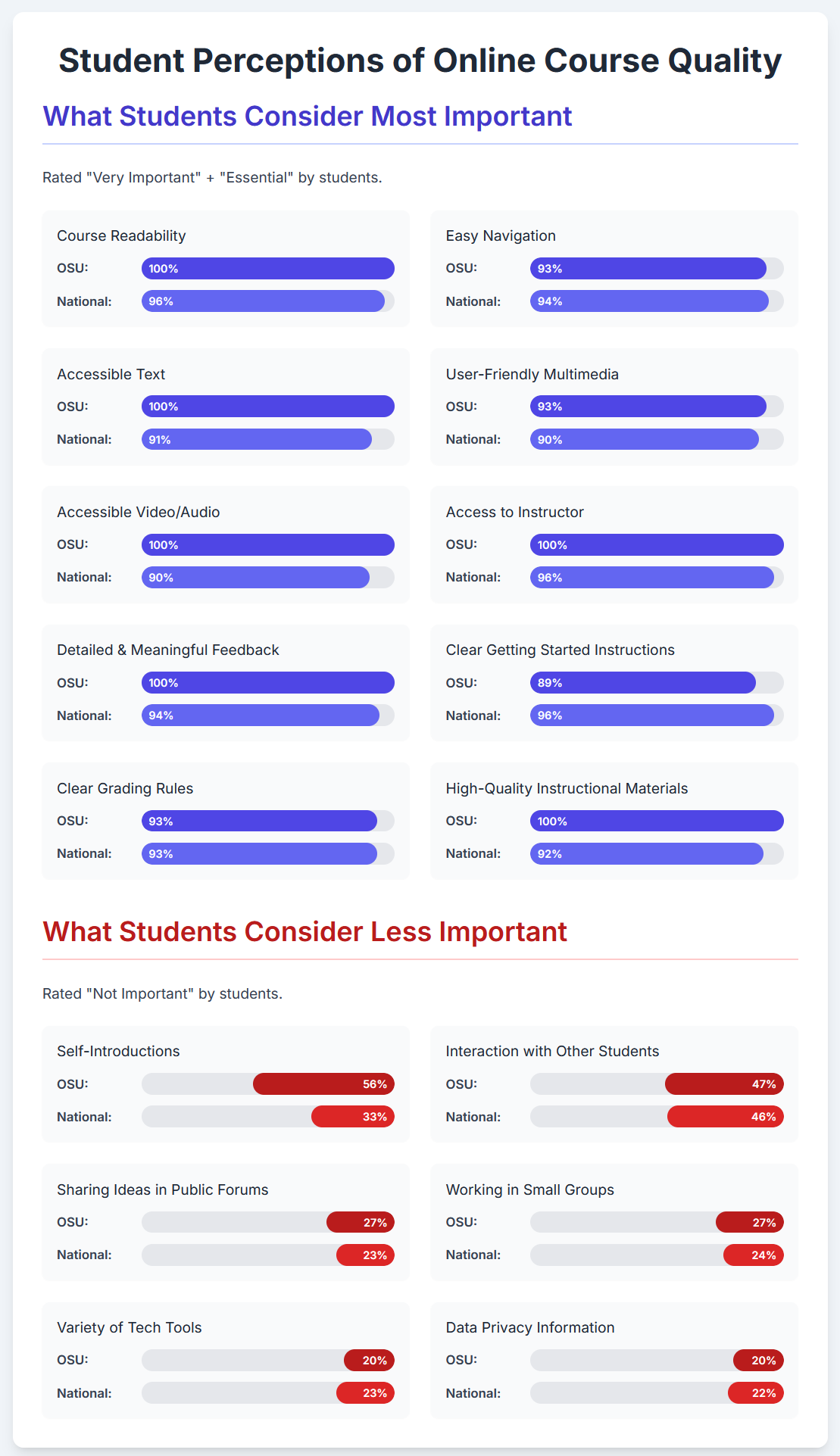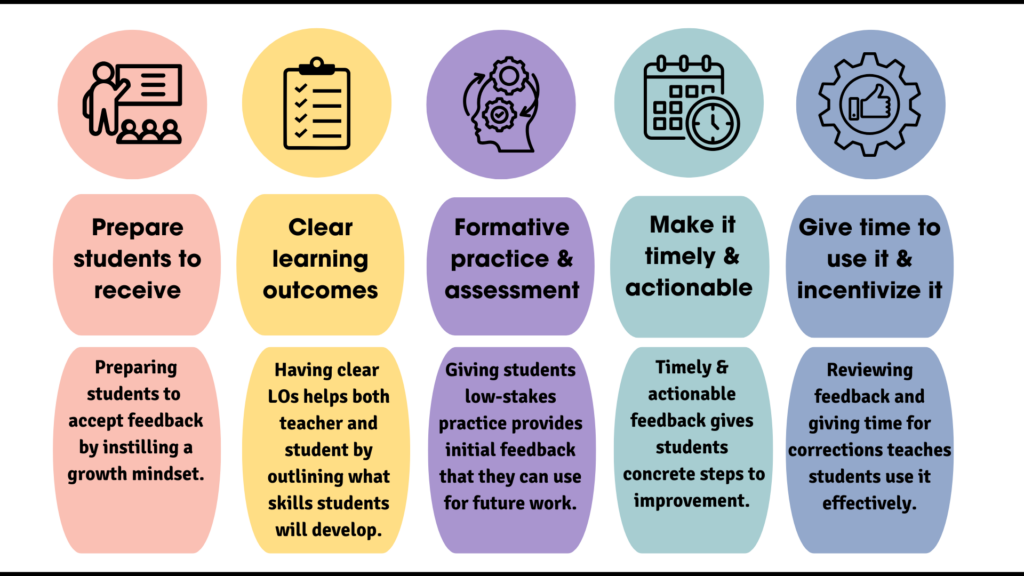We all remember the warning from math class:
“You won’t always have a calculator in your pocket!”
How we laugh now, with calculators first arriving in our pockets and, eventually, smartphones putting one in our hands at all times.
I have seen a lot of comparisons 1 2 3 across the Internet to artificial intelligence (AI) and these mathematics classes of yesteryear. The idea being that AI is but the newest embodiment of this same concern, which ended up being overblown.
But is this an apt comparison to make? After all, we did not replace math lessons and teachers with pocket calculators, nor even with smart phones. The kindergarten student is not simply given a Casio and told to figure it out. The quote we all remember has a deeper meaning, hidden among the exacerbated response to the question so often asked by students: “Why are we learning this?”
The response
It was never about the calculator itself, but about knowing how, when, and why to use it. A calculator speeds up the arithmetic, but the core cognitive process remains the same. The key distinction is between pressing the = button and understanding the result of the = button. A student who can set up the equation, interpret the answer, and explain the steps behind the screen will retain the mathematical insight long after the device is switched off.
The new situation – Enter AI
Scenario
Pressed for time and juggling multiple commitments, a student turns to an AI tool to help finish an essay they might otherwise have written on their own. The result is a polished, well-structured piece that earns them a strong grade. On the surface, it looks like a success, but because the heavy lifting was outsourced, the student misses out on the deeper process of grappling with ideas, making connections, and building understanding.
This kind of situation highlights a broader concern: while AI can provide short-term relief for students under pressure, it also risks creating long-term gaps in learning. The issue is not simply that these tools exist, but that uncritical use of them can still produce passing grades without the student engaging in meaningful reflection gained by prior cohorts. Additionally, when AI-generated content contains inaccuracies or outright hallucinations, a student’s grade can suffer, revealing the importance of reviewing and verifying the material themselves. This rapid, widespread uptake stresses the need to move beyond use alone and toward cultivating the critical habits that ensure AI supports, rather than supplants, genuine learning.
Some background studies
In a 2024 study on Generative AI Usage and Exam Performance, Wecks et al. (2024) describe that:
Employing multivariate regression analysis, we find that students using GenAI tools score on average 6.71 (out of 100) points lower than non-users. While GenAI may offer benefits for learning and engagement, the way students actually use it correlates with diminished exam outcomes
Another study (Ju, 2023) found that:
After adjusting for background knowledge and demographic factors, complete reliance on AI for writing tasks led to a 25.1% reduction in accuracy. In contrast, AI-assisted reading resulted in a 12% decline. Ju (2023).
In this same study, Ju (2023) noted that while using AI to summarize texts improved both quality and output of comprehension, those who had a ‘robust background in the reading topic and superior reading/writing skills’ benefited the most.
Ironically, the students who would benefit most from critical reflection on AI use are often the ones using it most heavily, demonstrating the importance of embedding AI literacy into the curriculum. For example: A recent article by Heidi Mitchell from the Wall Street Journal (Mitchell, 2025) cites a study showing that the “less you know about AI, the more you are likely to use it”, and describing AI as seemingly “magical to those with low AI literacy”.
Finally, Kosmyna et al. (2025), testing how LLM usage affects cognitive processes and neural engagement in essay writing, assembled groups of LLM users, search engine users, and those without these tools (dubbed “brain-only” users). The authors recorded weaker performance in students with AI assistance over time, a lower sense of ownership of work with inability to recall work, and even seemingly reduced neural connectivity in LLM users compared to the brain-only group, which scored better in all of the above.
The takeaways from these studies are that unstructured AI use acts as a shortcut that erodes retention. While AI-assistance can be beneficial, outright replacement of thinking with it is harmful. In other words, AI amplifies existing competence but rarely builds it from scratch.
Undetected
Many people believe themselves to be fully capable of detecting AI-usage:
Most of the writing professors I spoke to told me that it’s abundantly clear when their students use AI. Sometimes there’s a smoothness to the language, a flattened syntax; other times, it’s clumsy and mechanical. The arguments are too evenhanded — counterpoints tend to be presented just as rigorously as the paper’s central thesis. Words like multifaceted and context pop up more than they might normally. On occasion, the evidence is more obvious, as when last year a teacher reported reading a paper that opened with “As an AI, I have been programmed …” Usually, though, the evidence is more subtle, which makes nailing an AI plagiarist harder than identifying the deed. (Walsh, 2025).
In the same NY Mag article, however, Walsh (2025) cites another study, showing that it might not be as clear who is using AI and who is not (emphasis added):
[…] while professors may think they are good at detecting AI-generated writing, studies have found they’re actually not. One, published in June 2024, used fake student profiles to slip 100 percent AI-generated work into professors’ grading piles at a U.K. university. The professors failed to flag 97 percent.
The two quotes are not contradictory; they describe different layers of the same phenomenon. Teachers feel they can spot AI because memorable extremes stick in their minds, yet systematic testing proves that intuition alone misses the overwhelming majority of AI‑generated work. This should not be surprising though, as most faculty have never been taught systematic ways to audit AI‑generated text (e.g., checking provenance metadata, probing for factual inconsistencies, or using stylometric analysis). Nor do most people, let alone faculty grading hundreds of papers per week, have the time to audit every student. Without a shared, college-wide rubric of sorts, detection remains an ad‑hoc, intuition‑driven activity. Faulty detection risks causing undue stress to students, and can foster a climate of mistrust by assuming that AI use is constant or inherently dishonest rather than an occasional tool in the learning process. Even with a rubric, instructors must weigh practical caveats: large-enrollment courses cannot sustain intensive auditing, some students may resist AI-required tasks, and disparities in access to tools raise equity concerns. For such approaches to work, they must be lightweight, flexible, and clearly framed as supporting learning rather than policing it.
This nuance is especially important when considering how widespread AI adoption has been. Walsh (2025) observed that “just two months after OpenAI launched ChatGPT, a survey of 1,000 college students found that nearly 90 percent of them had used the chatbot to help with homework assignments.” While this figure might seem to justify the use of AI detectors, it could simply reflect the novelty of the tool at the time rather than widespread intent to circumvent learning. In other words, high usage does not automatically equal cheating, showing the importance of measured, thoughtful approaches to AI in education rather than reactionary ones.
What to do…?
The main issue here is not that AI is magically writing better essays than humans can muster, it is that students are slipping past the very moments where they would normally grapple with concepts, evaluate evidence, and argue a position. Many institutions are now taking a proactive role rather than a reactive one, and I want to offer such a suggestion going forward.
Embracing the situation: The reflective AI honor log
It is a fact that large language models have become ubiquitous. They are embedded in web browsers, word processors, and even mobile keyboards. Trying to ban them outright creates a cat‑and‑mouse game; it also sends the message that the classroom is out of sync with the outside world.
Instead of fighting against a technology that is already embedded in our lives, invite students to declare when they use it and to reflect on what they learned from that interaction.
For this post, I am recommending using an “AI Honor-Log Document”, and deeply embedding it into courses, with the goal of increasing AI literacy.
What is it?
As assignments vary across departments and even within courses, a one-size-fits-all approach is unlikely to be effective. To support thoughtful AI use without creating extra work for students, faculty could select an approach that best aligns with their course design:
- Built-in reflection: Students note when and how they used AI, paired with brief reflections integrated into their normal workflow.
- Optional, just-in-time logging: Students quickly log AI use and jot a short note only when it feels helpful, requiring minimal time.
- Embedded in assignments: Reflection is incorporated directly into the work, so students engage with it as part of the regular writing or research process.
- Low-effort annotations: Students add brief notes alongside tasks they are already completing, making reflection simple and natural.
These options aim to cultivate critical thinking around AI without imposing additional burdens or creating the perception of punishment, particularly for students who may not be using AI at all.
AI literacy is a massive topic, so let’s only address a few things here:
- Mechanics Awareness: Ability to explain the model architecture, training data, limits, and known biases.
- Critical Evaluation: Requiring fact-checking, citation retrieval, and bias spotting.
- Orchestration Skills: Understanding how to craft precise prompts, edit outputs, and add original analysis.
Note: you might want to go further and incorporate these into an assignment level learning outcome. Something like: “Identifies at least two potential biases in AI-generated text” could be enough on a rubric to gather interesting student responses.
Log layout example
| # | Assignment/Activity | Date | AI Model | Exact Prompt | AI Output | What you changed/Added | Why You Edited | Confidence (1-5) | Link to Final Submission |
| 1 | Essay #2 – Digital-privacy law | 2025-09-14 | GPT-5 | “Write a 250-word overview of GDPR’s extraterritorial reach and give two recent cases | [pastes AI text] | Added citation to 2023 policy ruling; re-phrased a vague sentence. | AI omitted the latest case; needed up-to-date reference | 4 | https://canvas.oregonstate.edu/…… |
Potential deployment tasks (and things to look out for)
It need not take much time to model this to students or deploy it in your course. That said, there are practical and pedagogical limits depending on course size, discipline, and student attitudes toward AI. The notes below highlight possible issues and ways to adjust.
- Introduce the three reasons above (either text form or video, if you have more time and want to make a multimedia item).
Caveat: Some students may be skeptical of AI-required work.
Solution: Frame this as a reflection skill that can also be done without AI, offering an alternative if needed. - Distribute the template to students: post a Google-Sheet link (or similar) in the LMS.
Caveat: Students with limited internet access or comfort with spreadsheets may struggle.
Solution: Provide a simple Word/PDF version or allow handwritten reflections as a backup. - Model the process in the first week: Submit a sample log entry like the one above but related to your class and required assignment reflection type.
Caveat: In large-enrollment courses, individualized modeling is difficult.
Solution: Share one well-designed example for the whole class, or record a short screencast that students can revisit. - Require the link with each AI-assisted assignment (or as and when you believe AI will be used).
Caveat: Students may feel burdened by repeated uploads or object to mandatory AI use.
Solution: Keep the log lightweight (one or two lines per assignment) and permit opt-outs where students reflect without AI. - Provide periodic feedback: scan the logs, highlight common hallucinations or errors provided by students, give a “spot the error” mini lecture/check-in/office hour.
Caveat: In large classes, it’s not realistic to read every log closely.
Solution: Sample a subset of entries for themes, then share aggregated insights with the whole class during office hours, or post in weekly announcements or discussion boards designed for this kind of two-way feedback. - (Optional) Student sharing session in a discussion board: allow volunteers or require class to submit sanitized prompts (i.e., any personal data removed) and edits for peer learning.
Caveat: Privacy concerns or reluctance to share work may arise.
Solution: Keep sharing optional, encourage anonymization, and provide opt-outs to respect comfort levels.
Important considerations when planning AI-tasks
Faculty should be aware of several practical and pedagogical considerations when implementing AI-reflective logs. Large-enrollment courses may make detailed feedback or close monitoring of every log infeasible, requiring sampling or aggregated feedback. Some students may object to AI-required assignments for ethical, accessibility, or personal reasons, so alternatives should be available (i.e. the option to declare that a student did not use AI should be present). Unequal access to AI tools or internet connectivity can create equity concerns, and privacy issues may arise when students share prompts or work publicly. To address these challenges, any approach should remain lightweight, flexible, and clearly framed as a tool to support learning rather than as a policing mechanism.
Conclusion
While some students may feel tempted to rely on AI, passing an assignment in this manner can also pass over the critical thinking, analytical reasoning, and reflective judgment that go beyond content mastery to true intellectual growth. Incorporating a reflective AI-usage log based not on assumption of cheating, but on the ubiquitous availability of this now-common tool, reintroduces one of the evidence-based steps for learning and mastery that has fallen out of favor in the last 2-3 years. By encouraging students to pause, articulate, and evaluate their process, reflection helps them internalize knowledge, spot errors, and build the judgment skills that AI alone cannot provide.
Footnotes
- https://www.reddit.com/r/ArtificialInteligence/comments/1ewh2ji/i_remember_when/ ↩︎
- https://www.uwa.edu.au/news/article/2025/august/generative-ai-is-not-a-calculator-for-words-5-reasons-why-this-idea-is-misleading ↩︎
- https://medium.com/%40josh_tucker/why-not-using-ai-is-like-refusing-to-use-a-calculator-in-a-maths-test-093b860d7b45 ↩︎
References
Fu, Y. and Hiniker, A. (2025). Supporting Students’ Reading and Cognition with AI. In Proceedings of Workshop on Tools for Thought (CHI ’25 Workshop on Tools for Thought). ACM, New York, NY, USA, 5 pages. https://arxiv.org/pdf/2504.13900v1
Ju, Q. (2023). Experimental Evidence on Negative Impact of Generative AI on Scientific Learning Outcomes. https://doi.org/10.48550/arXiv.2311.05629
Kosmyna, N., Hauptmann, E., Yuan, Y. T., Situ, J., Liao, X-H., Beresnitzky, A. V., Braunstein, I., & Maes, P. (2025). Your Brain on ChatGPT: Accumulation of Cognitive Debt when Using an AI Assistant for Essay Writing Task. https://arxiv.org/abs/2506.08872
Mitchell, H. (2025). The Less You Know About AI, the More You Are Likely to Use It. Wall Street Journal. Accessed September 3, 2025: https://www.wsj.com/tech/ai/ai-adoption-study-7219d0a1
Wecks, J. O., Voshaar, J., Plate, B. J., & Zimmermann, J. (2024). Generative AI Usage and Exam Performance. https://doi.org/10.48550/arXiv.2404.19699
Walsh, J. (May 7, 2025). Everyone Is Cheating Their Way Through College ChatGPT has unraveled the entire academic project. Intelligencer. https://nymag.com/intelligencer/article/openai-chatgpt-ai-cheating-education-college-students-school.html









